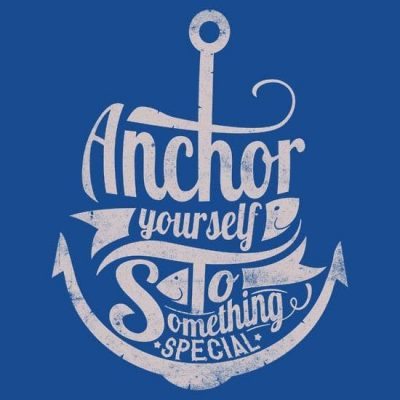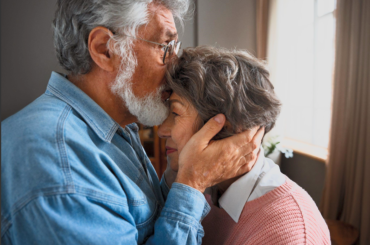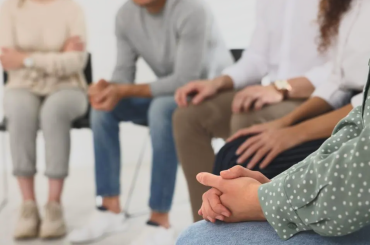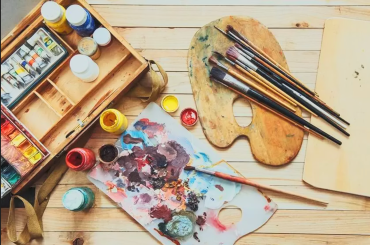
Scent is our most primal sensory organ instantaneously linking and transporting us to another dimension. Yet all of our senses contribute to an ongoing storage system of memories deeply embedded in our neurology.
Simply put, these “anchors” are a connection between a stimulus and emotional response. Like it or not we are conditioned with these stimulus response opportunities all the time, whether it’s the scent of chocolate chip cookies anchoring us to a sweet time in our childhood, or a song firing off a memory of a hot hookup or a devastating breakup, to a visual symbol of a golden arch triggering feelings of either crappy food or those much desired nuggets, we are the distant cousins of Pavlov’s dogs.
The interesting question is if these triggers can unconsciously and instantly transport us to feel nostalgia, joy, sadness, anger or fear, how could we train our brains to consciously evoke the states of confidence, motivation, learning and well being?
In other words, how can we condition our brains to instantly get into resourceful states that serve us?
“Anchoring” is a process in Neurolinguistic Programming(NLP) similar to conditioning but extends beyond external stimuli causing us to have a reaction, to enabling us to internally create states based on accessing our own memories and experiences.
The metaphor of an “anchor” is purposeful in NLP terminology. Anchoring, as a verb, is defined as something which holds a vessel secure and firmly in position, providing it with a firm basis or foundation.
Resource anchors are a self-help tool for creating a desirable state and with some practice you can train your brain to access these states.
How to do NLP Anchors:
Ready to give it a try? It’s simple to do so… enjoy!
(1) Pick a memory. To do NLP anchors, first of all you have to pick a memory with strong feelings attached to it. If you want to anchor “confidence”, then choose a time when you were feeling truly confident. If you want to anchor “motivation”, then pick a memory of when you were super motivated. (Note – if you believe you’ve never felt this way before, it’s possible to anchor by just imagining yourself as being in a certain resourceful state, but it’s more powerful to actually relive an experience you’ve had personally).
(2) Associate into the memory. This means relive the memory by seeing it through your own eyes (this makes the feelings more intense). For best results, play with the submodalities too – so make the picture bigger, brighter, more vivid – and ramp up the feelings too. The clearer the image, and the more intense the feelings, the better your anchor will be.
(3) Anchor the feeling. As mentioned above, when you start feeling the positive feelings, create a trigger – This will be a place you could ‘fire” on another occasion to trigger your response. It is useful to pick a spot that’s distinct and purposeful. I always recommend pressing your thumb to your ring finger.
TIMING IS CRITICAL!
You want to press your thumb to your ring finger up until the PEAK of your experience
Then release
Think of a Bell curve and when the intensity of the image is at the top of the bell release your hold.
(4) Release at the peak. When the emotion is at its peak, release your trigger. This may take a bit of practice, but you’ll get it within a couple of tries.
(5) Test! Break state, which means that you should do something else unrelated for 30 seconds or so (just to take your mind off this). After that, test your anchor by firing off your trigger. If it has worked, you’ll feel the same strong feelings as you did in the memory!
(6) Repeat. For best results, repeat 3-4 times. You can do this with the same memory, or with different memories for the same emotional state (recommended). If you stack 3-4 different memories of “confidence”, for example, the next time you need confidence you can fire off your anchor and you’ll feel a brilliant rush of confidence surging through your veins!
Try this simple mind hack, first with experiences of feeling good. As you trigger feeling good throughout the day, for no reason at all, you train your brain into better mental chemistry. Feeling good is a choice we can make for the simple reason it feels good.
Make Believe~Make Belief Affirmation: I choose the images that shape my mind into feeling good.








3 Comments
Thank you for sharing that tool with me to help me access rose feelings when I want and need them I will keep practicing
Thankyou
Happy to provide a great tool. Keep practicing!